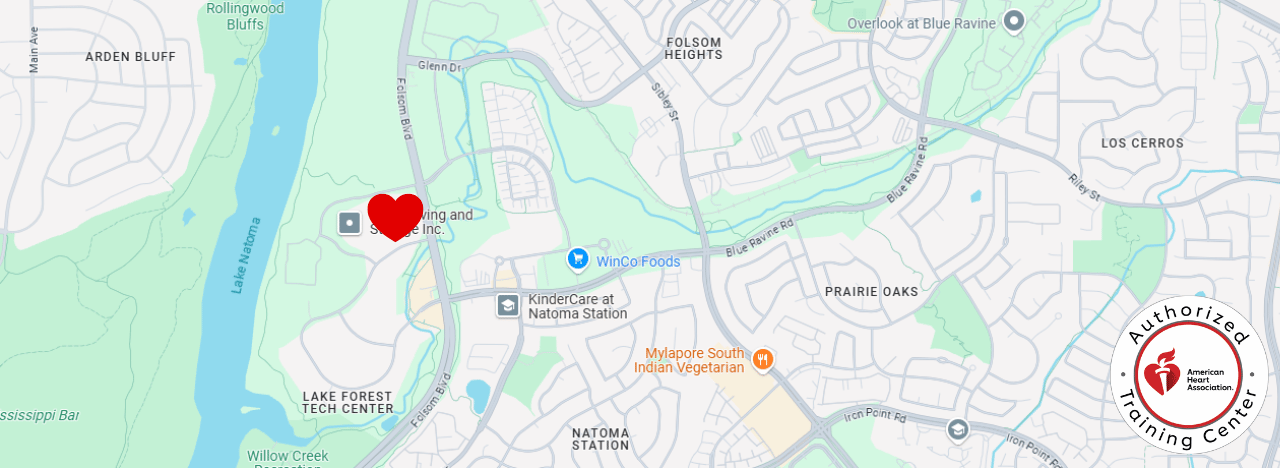
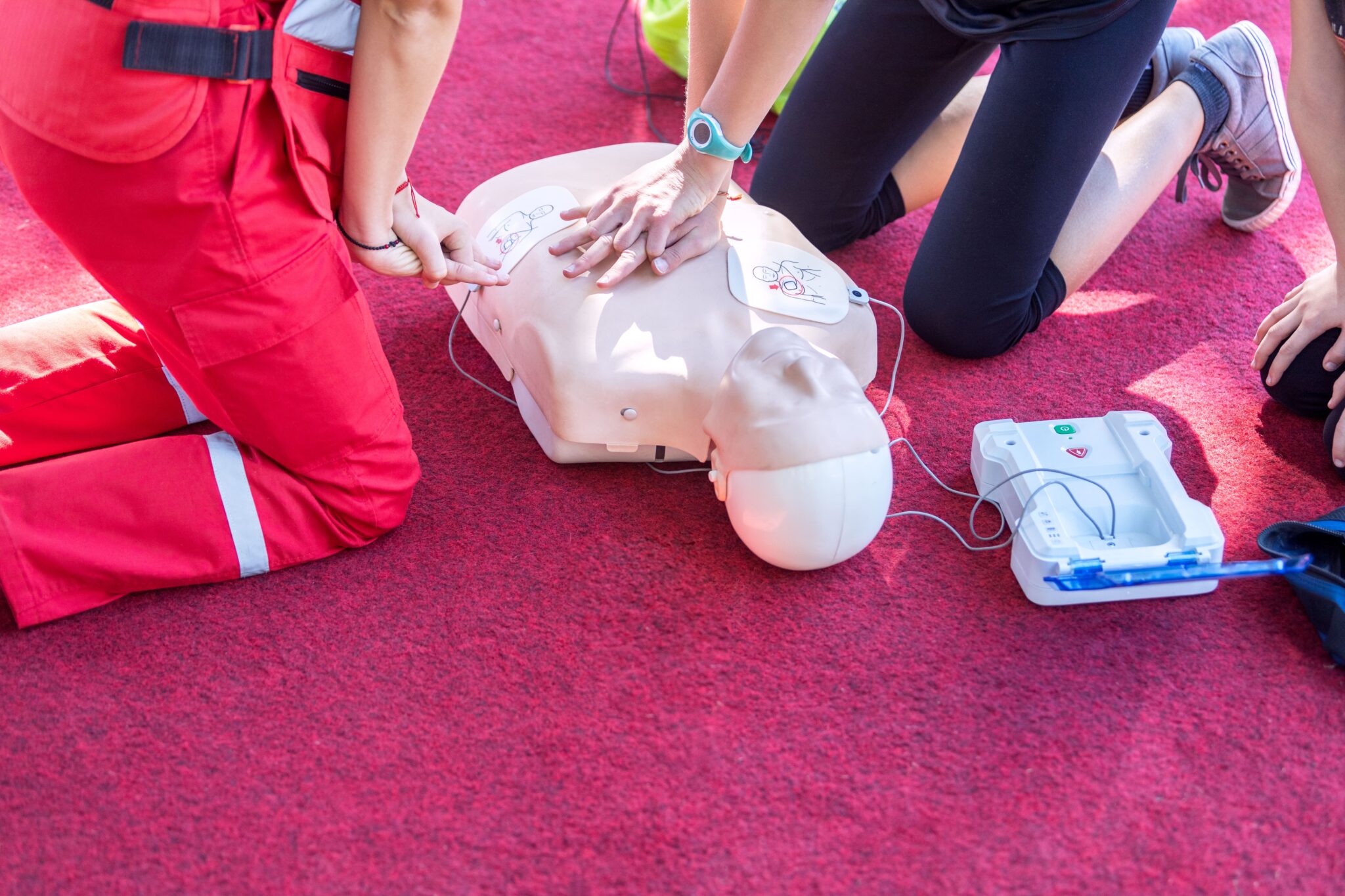
Price: Lowest prices in Folsom. Guaranteed.
Convenience: 60+ CPR testing sites. Classes offered daily.
Trust: Founded 1989. AHA Training Center
Folsom, nestled in Sacramento County, is a vibrant city known for its strong sense of community, scenic beauty, and dynamic lifestyle, making it an ideal place to learn Basic Life Support (BLS). With its bustling neighborhoods, thriving local businesses, and dedication to safety, Folsom fosters an environment where life-saving skills like BLS truly matter. Whether you’re preparing to assist neighbors, family members, or coworkers, learning BLS in this supportive and connected community empowers you to make a meaningful difference in times of emergency.
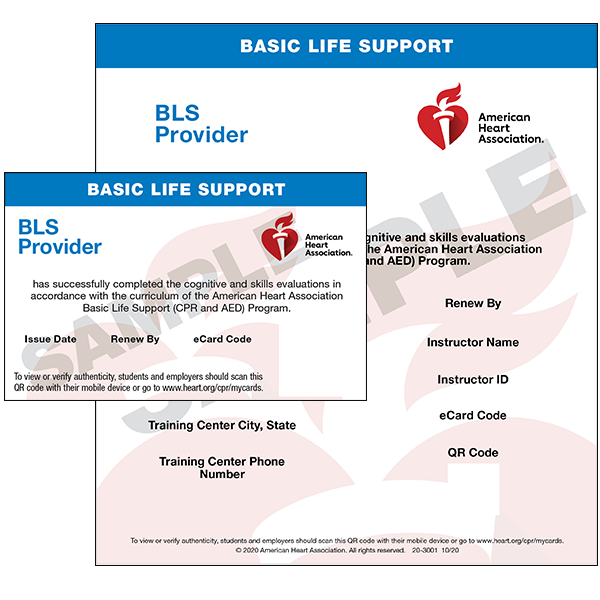
Basic Life Support
Online Course: 1-2 hours
Skills Testing: 30 minutes
100% Pass Rate Guaranteed
Lowest Prices In California
Receive Card On Class Day
Thousands of 5 Star Reviews
CE Credits to CA Dentists
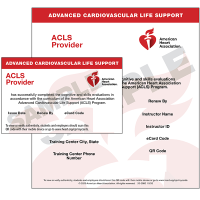
Advanced Cardiac Life Support
Online Course: 2-3 hours
Skills Testing: 30 minutes
100% Pass Rate Guaranteed
Lowest Prices In California
Receive Card On Class Day
Thousands of 5 Star Reviews
Some Professions: 2-3 CEU
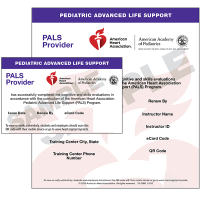
Pediatric Advanced Life Support
Online Course: 2-3 hours
Skills Testing: 30 minutes
100% Pass Rate Guaranteed
Lowest Prices In California
Receive Card On Class Day
Thousands of 5 Star Reviews
Some Professions: 3.75-5 CEU
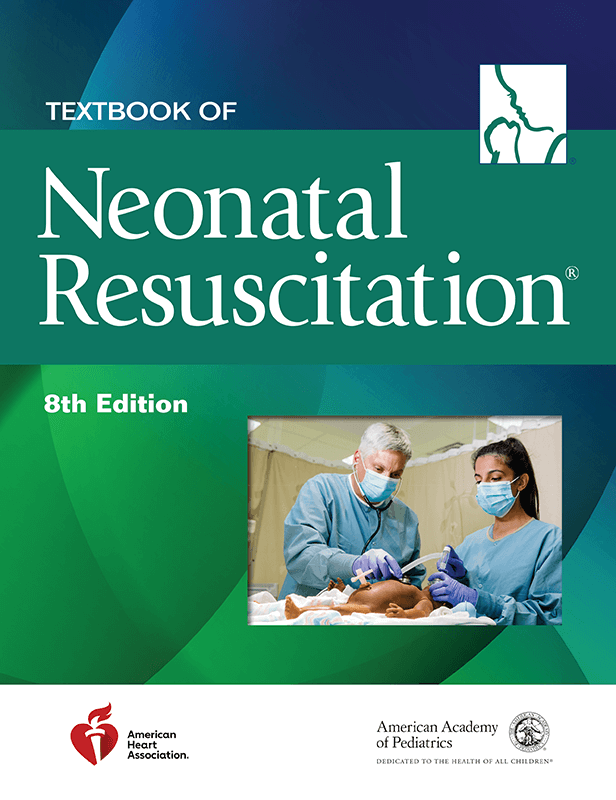
Neonatal Resuscitation Program
Online Course: 2-3 hours
Skills Testing: 3 hours
100% Pass Rate Guaranteed
Lowest Prices In California
Receive Card On Class Day
Thousands of 5 Star Reviews
Some Professions: 4 CEU
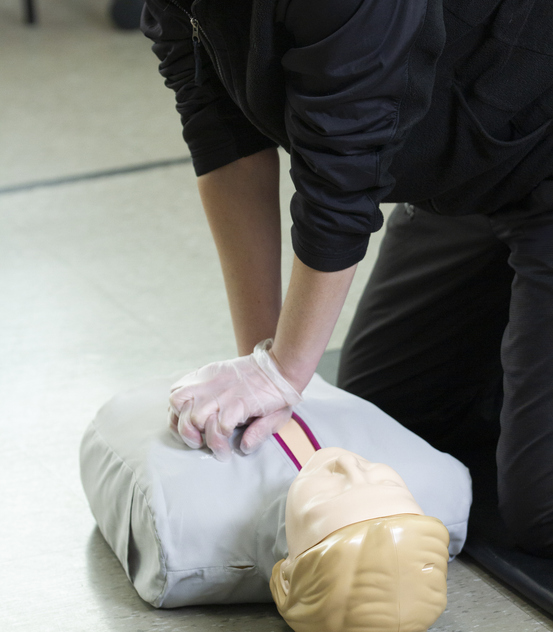
Audience: General public
Topics: CPR for all age groups, AED use, bleeding, epi-pen, etc
Online Session: 1 Hour
Skills Testing: 30 minutes
Card: Safety Training Seminars
Certification: Valid 2 years
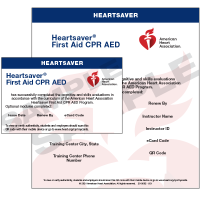
Audience: General public
Topics: CPR for all age groups, AED use, bleeding, epi-pen, etc
AHA Online Course: 1-2 Hours
Skills Testing: 30-45 minutes
Card: American Heart Association
Certification: Valid 2 years
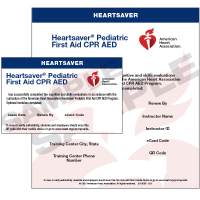
Audience: CA childcare providers
Topics: CPR for all age groups, AED use, bleeding, epi-pen, etc
AHA Online Course: 1-2 Hours
Skills Testing: 30-45 minutes
Card: American Heart Association
Certification: Valid 2 years

Audience: Childcare providers
Topics: Lead poisoning, nutrition, infectious disease,etc
Zoom Course: 8 Hrs (state law)
Skills Testing: 30-45 minutes
Card: EMSA Health & Safety
Certification: No expiration
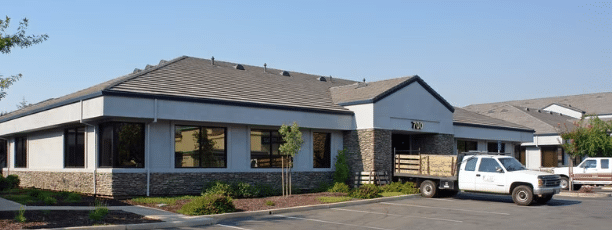
13405 Folsom Blvd, Suite 507B
Folsom, CA 95630
(279) 356-0114
Opening Hours:
Monday: 8 am – 10 pm
Tuesday: 8 am – 10 pm
Wednesday: 8 am – 10 pm
Thursday: 8 am – 10 pm
Friday: 8 am – 10 pm
Saturday: 8 am – 10 pm
Sunday: 8 am – 10 pm

If you’ve completed your American Heart Association training at our Folsom location, we’d love to hear about your experience! Leaving a review on Google, Yelp, or Facebook not only shares your feedback but also helps fellow Folsom residents discover our services.
As a women-owned small business rooted in the community, your positive reviews make a huge difference. They help other locals, like nurses, teachers, and parents, find essential life-saving training right here in Folsom. Your input also allows us to improve and continue serving our neighbors with high-quality, accessible training programs.
Thank you for supporting us with your honest review and helping us spread the word about these vital skills. We’re proud to be part of the Folsom community, and your recommendations ensure we can keep making a difference, together!
EXCELLENTTrustindex verifies that the original source of the review is Google. I really appreciated the instruction and feedback provided by the trainers during the BLS class, earning me comprehensive and coveted BLS certification that I'm confident will serve me well in any emergency situation.Trustindex verifies that the original source of the review is Google. I was really impressed with the BLS class I took at Safety Training Seminars, which not only effectively trained me in life-saving skills but also gave me reassurance in earning my BLS certification.Trustindex verifies that the original source of the review is Google. Class was excellent! Easy instructions, clean equipment and facility. Thank you!Trustindex verifies that the original source of the review is Google. I recently completed the BLS Class at Safety Training Seminars and left feeling highly confident in my ability to respond to emergency situations with the knowledge and skills I gained. Quick, easy, and seamless course.Trustindex verifies that the original source of the review is Google. I recently attended Safety Training Seminars for BLS certification and was very impressed with the experience, the instructor provided clear and concise instructions that made the material easy to understand, making me feel confident and prepared for my certification exam.Trustindex verifies that the original source of the review is Google. Good place, good manikins, and the online courses for ACLS/PALS are really helpful! Highly recommend!Trustindex verifies that the original source of the review is Google. I’ve taken my CPR/First Aid/EMSA/BLS certification training at Safety Training Seminars for many years. This is a top notch organization!! I know I can count on the instructors at Safety Training Seminars to expertly guide me through the CPR and First-aid class, providing clear instructions and hands-on training to ensure I receive the highest quality of education, ultimately resulting in a well-rounded understanding of lifesaving techniques necessary for BLS and EMSA certification. In prior years, I attended classes in person. I was a bit hesitant to take the hands-on portion in a virtual classroom this year. Happily, it was just as helpful and easy to navigate as the in-person was!! Georgia, an actual live trainer on Skype, was fantastic! Everything was clear, smooth, and thoughtful! Thank you to the dedicated women at Safety Training Seminars!!
Safety Training Seminars offers comprehensive BLS, CPR, and First-aid classes right here in Folsom, designed to equip you with essential life-saving skills. Whether you’re a healthcare professional, educator, or simply a concerned parent, these classes provide practical, hands-on training led by certified instructors. With programs following the latest American Heart Association guidelines, you’ll gain the knowledge and confidence needed to act quickly during emergencies.
Choosing our Folsom location means supporting a women-owned small business that’s deeply invested in the community. Our training programs are crafted to meet the needs of Folsom residents and professionals, ensuring accessibility and relevance for everyone. From mastering CPR techniques to understanding basic first-aid protocols, every session empowers participants to make a lasting impact during critical situations.
By enrolling in a class, you’re not only gaining valuable skills but also contributing to a safer community. The ripple effect of well-trained individuals enhances preparedness and can save lives across Folsom. Join us today to take part in fostering a healthier, more secure environment for everyone.